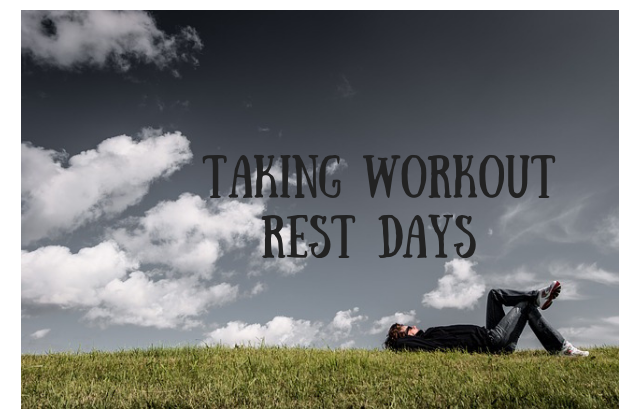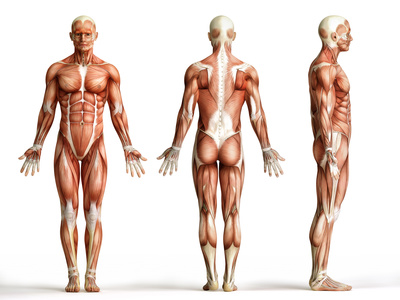Workout Better with Rest Days

Taking Days Off from Training is Vital for Health and Fitness
Despite everyone knowing that it is important to have rest days from your fitness routine – there is surprisingly little consensus on how many are required. Taking a break is not only good for muscles and health, this can improve your sleep – and even your motivation.
This page covers the details of rest-days for different types of exercise routine – from strength training to cardio and endurance. Here is what you will find covered below:
- Why Take Rest Days? What are the key benefits of taking regular breaks
- Strength Training: Muscle building and the concept of switching muscle groups
- Cardio Training: Switching up your routine and how breaks improve motivation
- Rest Days in Practice: Sample plans for different types of home fitness equipment
Rest Days: Why You Need to Take Regular Breaks
If you wake up feeling sore or fatigued, you should feel pleased. You obviously worked out hard the day before!
After strength training your muscles are on their way to growth. They naturally tear during training, and it is the repair process which gives you stronger muscles – and better tone. This applies to many routines. Those aching legs after a long run are a great sign that you pushed hard. If you are still sore 48 hours later, that is a sign that you pushed too hard. The fact remains that soreness alone is not necessarily a bad thing.
Over-exercising has risks. These are the primary reasons that taking a rest day is a good idea. Beyond the soreness, these are the risks of exercising too much:
- Injury and inflammation (minor injuries which might have healed get worse)
- Disrupted sleep patterns (leading to fatigue / lack of performance)
- Reduced immune function (leading to more colds / flus)
- Effects on motivation (the classic ‘burnout’)
- Effects on appetite (stomach cramps or being unable to eat)
The key question with all forms of exercise is – how much is too much? This of course depends on your fitness level and the type(s) of exercise you are doing. It also depends on how often you push yourself hard, compared to taking a gentler approach.
You need to listen to both your body and your mind. If you have persistent soreness, or feel your enthusiasm waning, then it is definitely time to take a rest day.

Strength Training and Rest Days: Rotating Muscle Groups
If you are training with weights, then you are deliberately damaging your muscles. This is a positive thing – that is exactly how they grow. By breaking the small fibres which comprise the muscles, they are able to come back stronger and bigger.
The downside here is that training while your muscles are repairing is both uncomfortable and undesirable. Before the next phase of break / grow, you need to ensure that the new fibres have time to heal.
Taking breaks could be a long process for weight training fans. If you push hard to get the best results, then you could easily find yourself out of action for a couple of days at a time.
This is the key reason that strength training plans rotate muscle groups. Lets say you worked hard on your arms, chest and back on Monday. Ideally, you will wait until later in the week to work on them again. Instead of sitting out, the best solution is to work on your legs or core next time. The infamous ‘leg day’ has more advantages than you might think.
There are other forms of exercise to mix in. How about a HIIT session between lifting? Or even endurance training, for example a long run?
Cardio Training and Rest Days
Cardio routines do not have the same effect of torn muscles as strength training does – though breaks are still a great idea. These give you time to recover and will avoid burning out (which is more common than you might think for people who work out every day).
Again, mixing things up will help keep things fresh. This can involve switching your usual classes to a spinning session or making one of your workout days a strength training (for example, body weight exercises) day instead.
Two days off a week is ideal, this gives you time to recharge your motivation – and to come back to classes feeling fresh and enthusiastic.
Rest Days for Different Types of Home Exercise
Here at Fitness Review, home exercise equipment is a key area of interest. If you just bought a new treadmill or exercise bike, you are probably keen to get the most workouts in!
A better approach is to stagger both the number of times you work out, and the types of workout you do. For example, if you run on a treadmill, you have the option to do shorter cardio-intensive interval runs, or longer, steadier endurance workouts. I recommend at least 2 days off per week, with alternating the types of run on the other days.
With more gentle types of exercise, for example a quick spin on your exercise bike, you can also vary the intensity. Why not mix in some body weight exercises or get a stepping machine for a change up once a week in addition to your rest days. Not only will these give you better overall fitness, they will keep things from getting dull.
If there is one central message from the science – it is that breaks are needed, no matter what type of exercise equipment you are using!
Popular Pages this Month:


